Students Become Teachers: Why Every School Needs Environmental Education
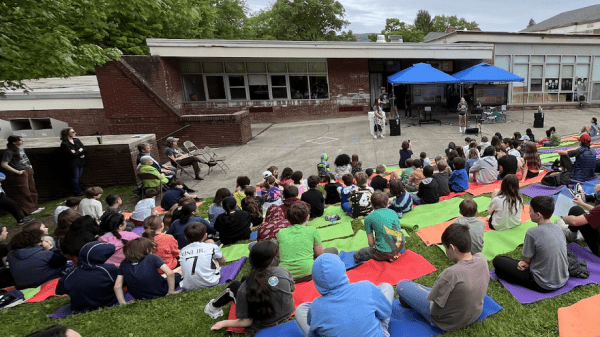
Imagine a school where environmental literacy is woven into every subject, from Math to Music to Social Studies. A school where nature isn’t reserved for an elective Environmental Science course, but rather is a core component of every learning experience. If a teacher’s role is to prepare students for the real world, shouldn’t we be working toward solving real-world issues like the climate crisis together? Normalizing this dream school was my goal when, three years ago, I took on a unique new position, Director of Environmental Education for the Garrison Union Free School District (GUFS), a PK–8 district in New York’s Hudson Valley. It was the first of its kind: a full-time public school teaching position dedicated to integrating environmental education into the standards of every subject, for every student, from Pre–K to eighth grade. With each passing year, the necessity of replicating this role worldwide has become increasingly evident. I did not have a clear sense of what all of this hard work was moving towards until I saw that moment—that spark that all educators hope for, at this year’s PK–12 Youth Climate Summit (the second ever in history!)
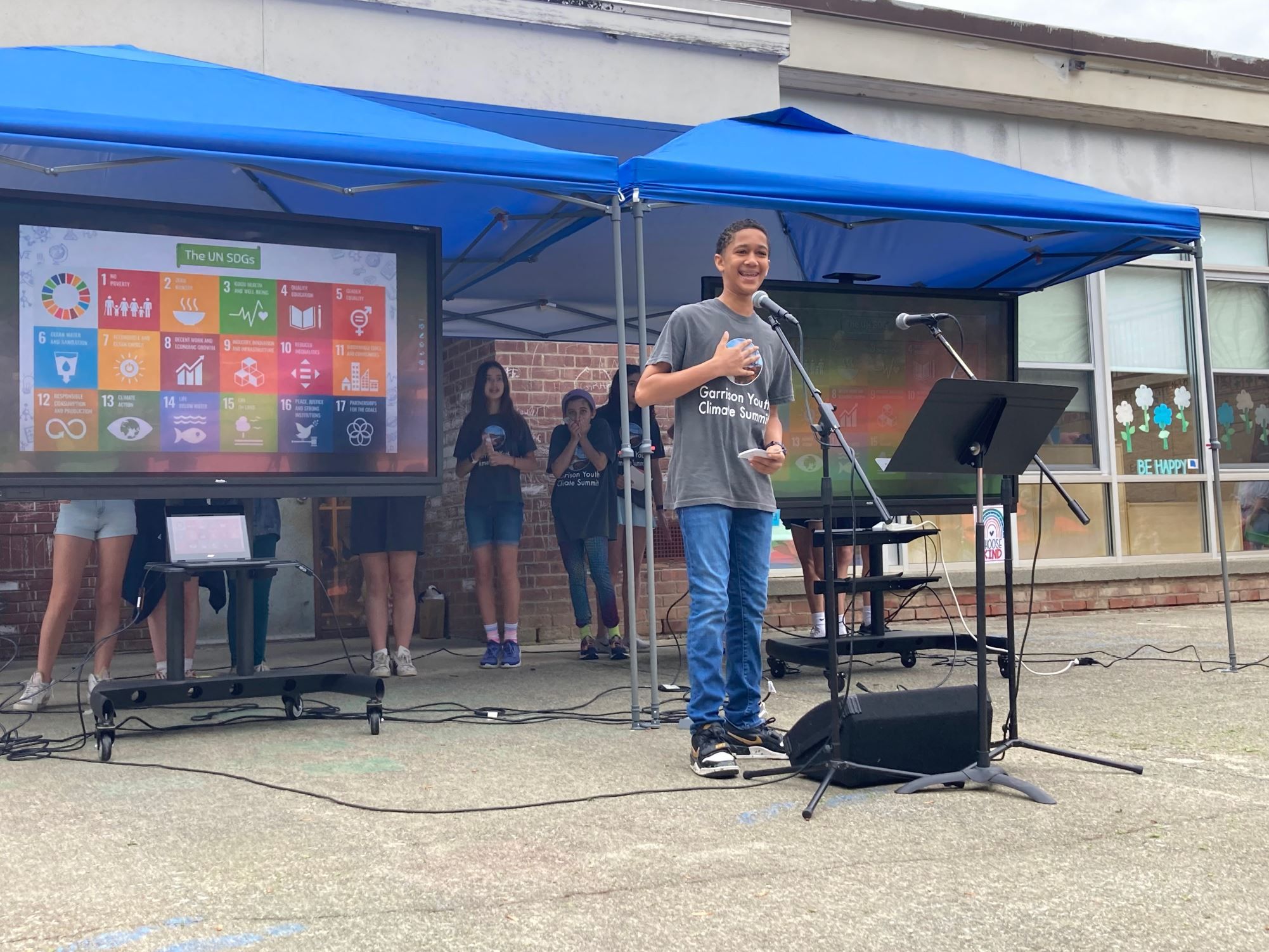
8th grader explains the UN SDGs through the lens of his passion project: minimizing point source pollution in the Hudson Valley through a petition he organized and sent to local legislators. Photo courtesy of Garrison Union Free School District
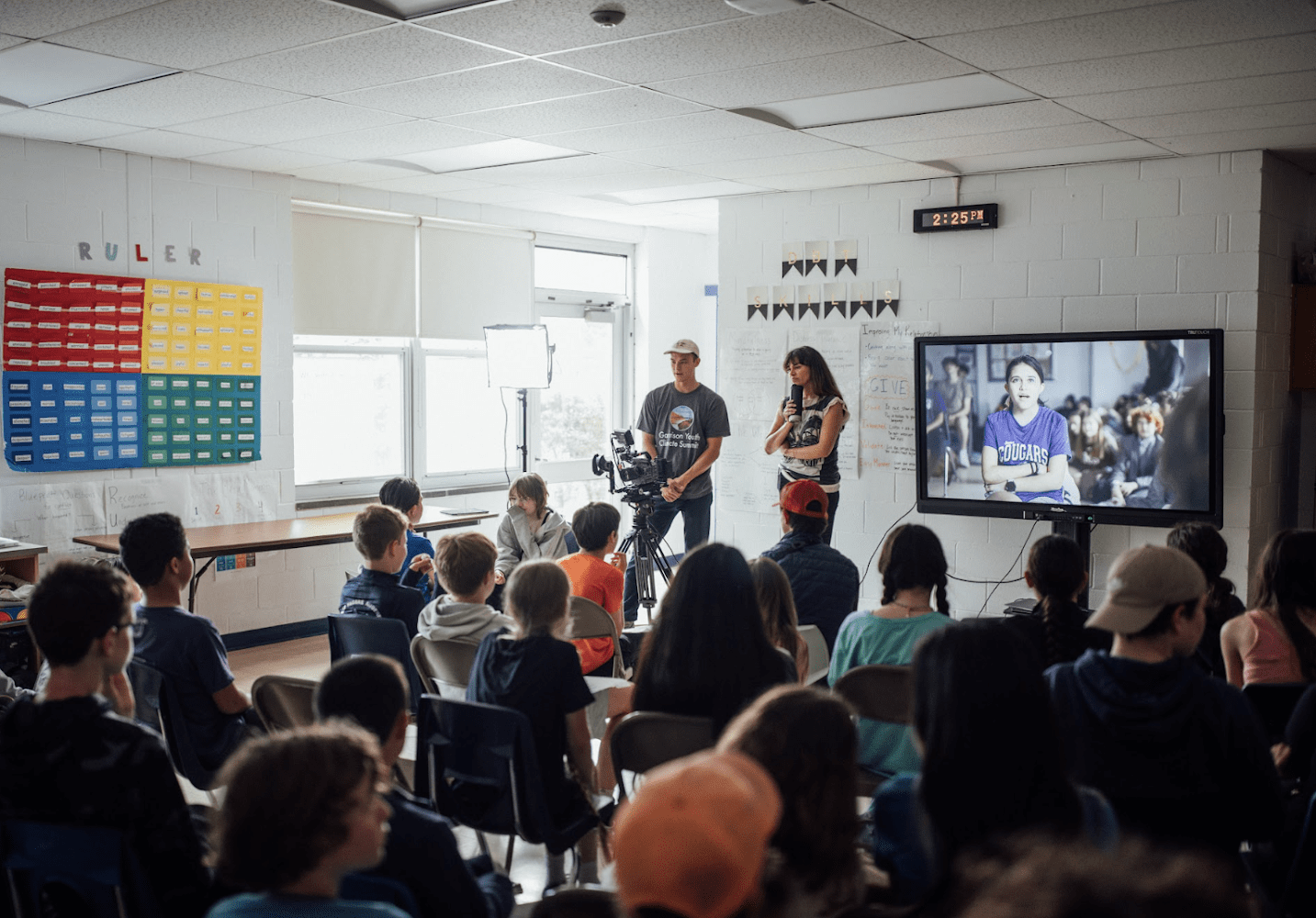
6th-grader tells her climate story in a "Sustainability through Film" workshop at the daytime event, run by award-winning TV Documentary Producer Maya Lilly and Director of Photography Liam Lee of the "Rolling with the Years" project. Photo credit: Erin Wik Photography.
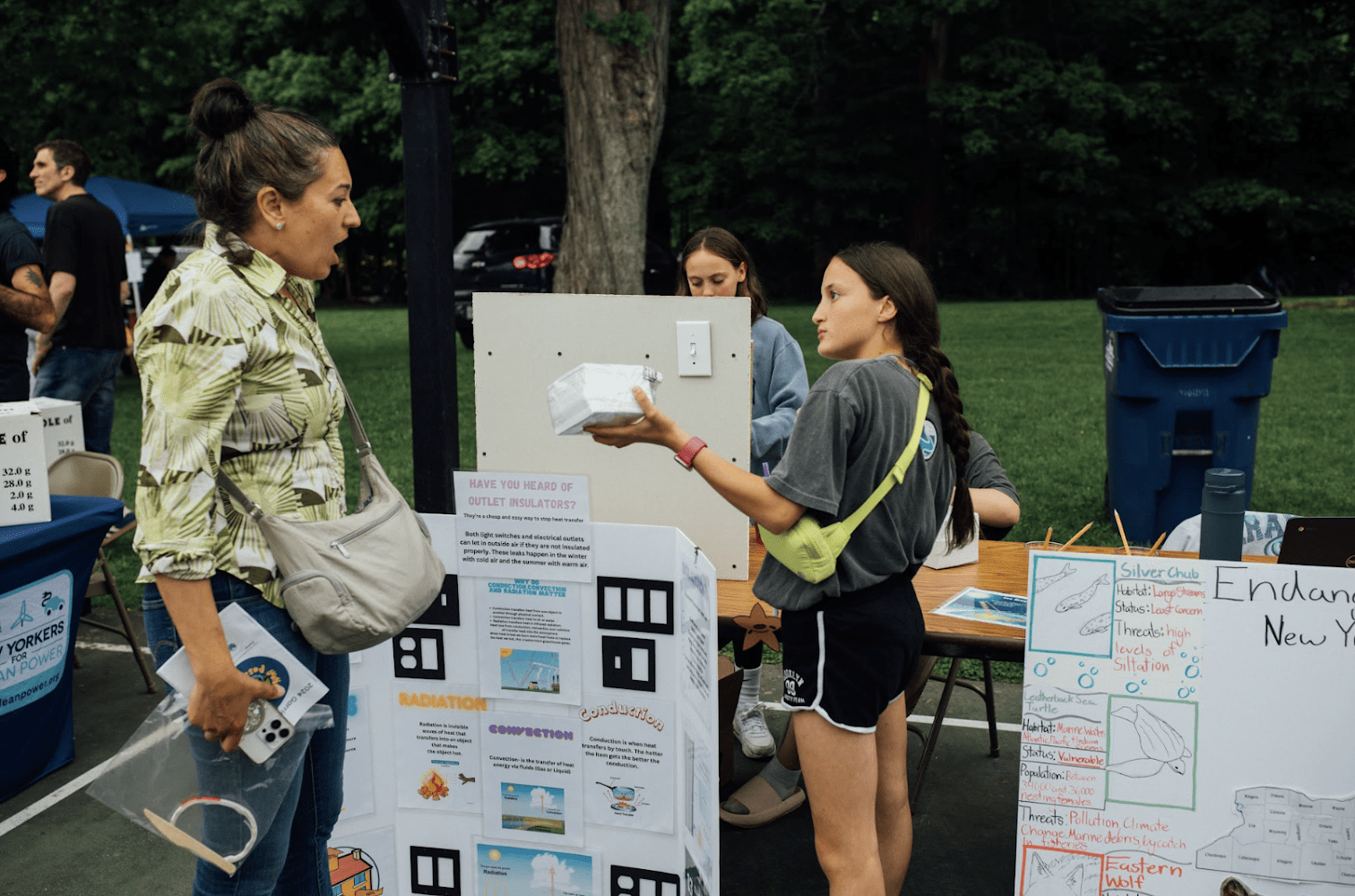
5th-grader educates the public on residential heat loss and gives away free outlet insulators she fundraised for at the evening event of the Summit. Photo Credit: Erin Wik Photography.
The Summit brought together over 1,000 people from 12 surrounding school districts and the community in the name of sustainability, including public figures like NY State Senator Pete Harckham and Assemblywoman Dana Levenberg. Attendees connected with themselves, with each other, and with nature through hands-on workshops led by visiting experts in the field and students alike. Guest experts represented a wide range of careers in which sustainability plays a vital role: from fashion, architecture, and film, to animal husbandry with live birds of prey and reptiles, engineering through biomimicry, environmental justice, electric vehicles, and more.
The stars of the Summit were the students themselves. Thirty-three Garrison students from grades 5 through 8 spearheaded civic action projects through research, fundraising, community events, and outreach, all of which inspired more widespread community engagement. Topics ranged from pollution to consumerism to energy and everything in between. A 7th grader launched a GoFundMe campaign to purchase bird window dots, raising awareness about bird collisions and providing free dots for homes and businesses. Two 8th graders showcased their self-built living moss air filtration system, educating attendees about air pollution and solutions. A 5th grader championed soft plastic recycling in the district and used the summit platform to educate the public on its importance and local recycling options. A 6th grader created a composting program at our school district, then brought it to her own neighborhood. Further amplifying student voices, eleven 5th–8th grade students delivered the Keynote Speech, translating global issues into local action through the lens of the UN's Sustainable Development Goals (SDG’s).
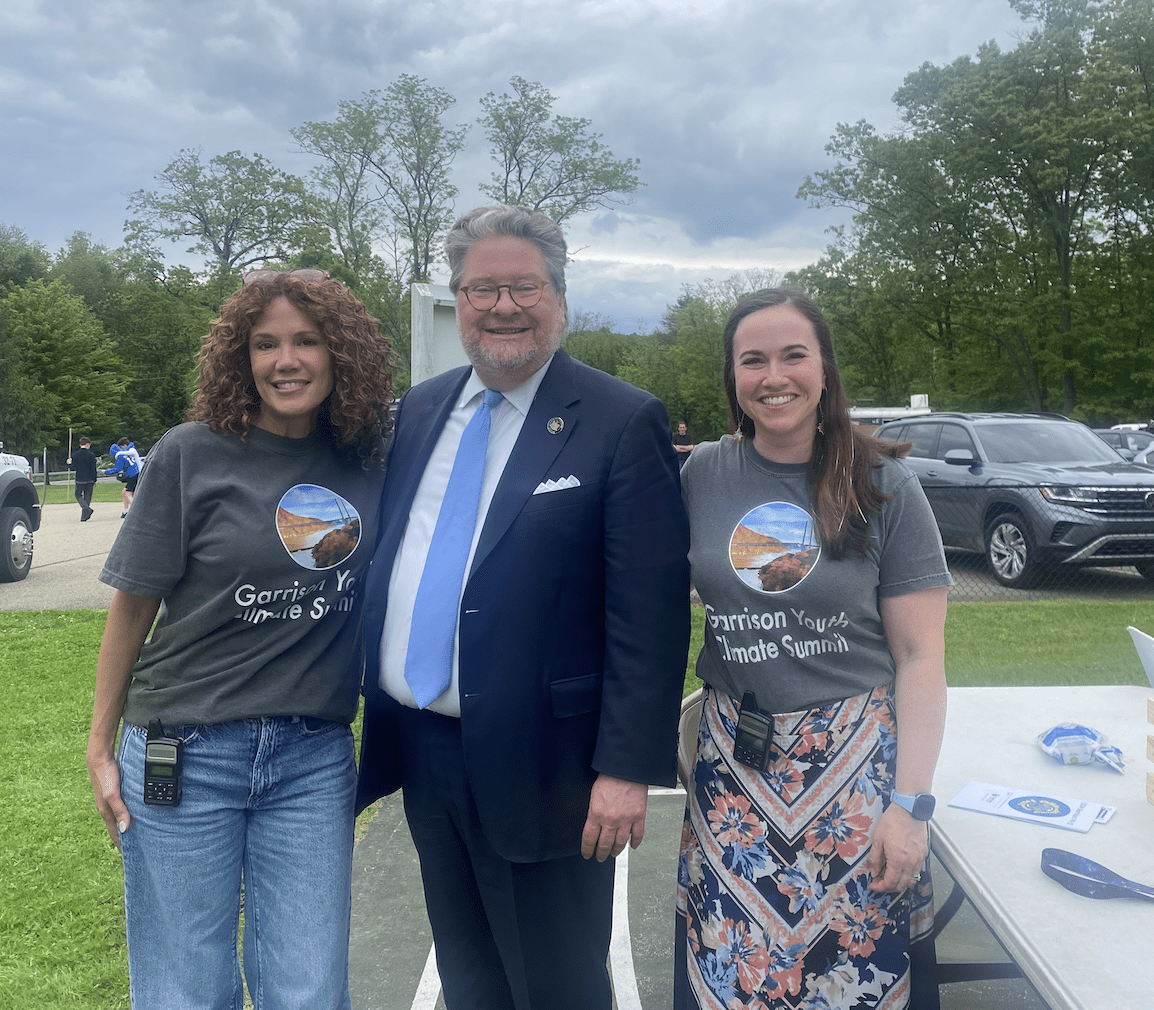
Allison Emig (Garrison Union Free School District Principal, left), NY State Senator Pete Harckham (middle), and Rachel Arbor (Director of Environmental Education, right) pose at the evening event of the Youth Climate Summit. Photo courtesy of Garrison Union Free School District
Although it was a one-day event, the Summit was the culmination of months-long projects undertaken by every PK–8 class at GUFS. These projects seamlessly integrated environmental literacy into core subjects like Math, Social Studies, and Language Arts. From Pre–K students collecting data on pollinators and building birdhouses to 2nd graders measuring carbon sequestration in the school forest, these projects seamlessly weave environmental concepts into core curriculum subjects like Math and Social Studies. Upper grades delve deeper, with 4th graders researching the impact of climate change on mammals and 7th graders engineering solutions to real-world problems, biomimicry (engineering inspired by nature), and the UN's SDGs. By tackling environmental challenges across disciplines, GUFS students are empowered to become informed advocates and problem-solvers, demonstrating the profound impact of environmental education on student mindsets and actions.
This April, the U.S. Secretary of Education, Miguel Cardona, named the Garrison Union Free School District a Green Ribbon honoree for its environmental program. This lifetime award is thrilling and an honor—and is an example of what it looks like to have environmental education interwoven into the fabric of all grade levels and content areas. It’s the highlight of my career to see my students and the program I’ve built come this far and I’m eager to support other districts in doing the same.
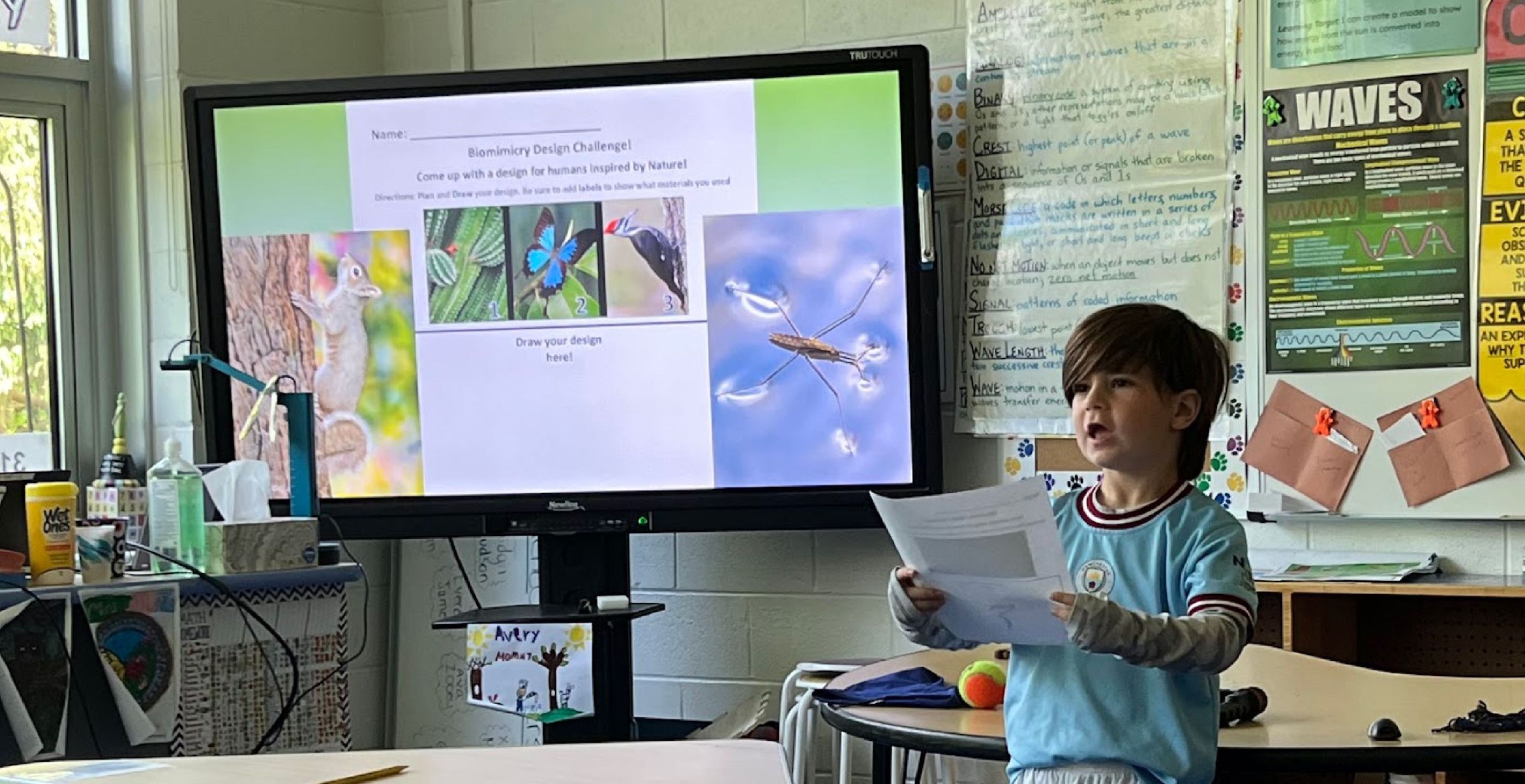
Kindergartener presents his biomimicry solution to his peers at an engineering workshop during the daytime event of the Summit. Photo courtesy of Garrison Union Free School District

4th-graders compare and contrast redwood trees with local maples, oaks, and pines in an arboreal place-based learning workshop at the daytime event of the Summit. Photo courtesy of Garrison Union Free School District

8th grader describes the art piece she made to illuminate human threats to Sturgeon, an endangered local species, from the trash she collected at a community clean-up event. Photo courtesy of Garrison Union Free School District
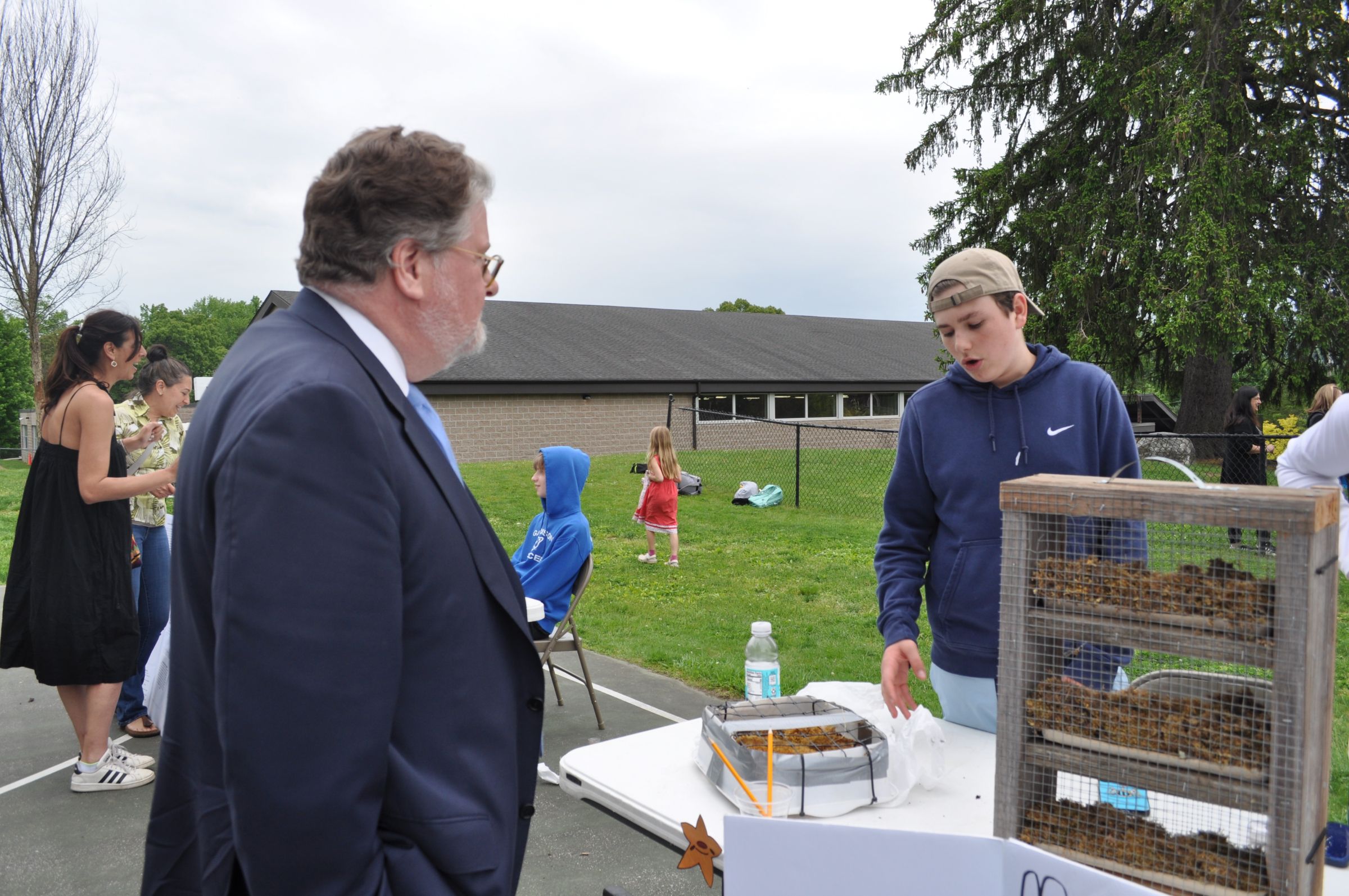
8th grader at the evening event showcases the self-sustaining moss air filtration system he engineered from upcycled materials to NY State Senator Pete Harckham. Photo courtesy of Garrison Union Free School District
Bridging the gap between Mainstream and Environmental Education requires integrating Environmental concepts, literacy, and connection into standards-based curriculum. These interdisciplinary connections should be rooted in everything students learn: through science, students can explore core scientific principles, laws, and theories through hands-on investigations and interactions with the natural world. By examining the relationship between humans and the environment, students can delve into the impact on trade, politics, and economies, and even take civic action on behalf of the planet in Social Studies. Utilizing Statistics and other Mathematical concepts, students can analyze population trends, understand human-wildlife interactions, and assess threats to endangered species. Through nature journaling, engaging with environmental literature, and researching and communicating environmental issues, students can connect with nature on a personal level and develop effective communication skills to advocate for the environment in a Language Arts classroom. These examples represent minor ways in which a perspective shift can illuminate the interconnectedness of our world–and of our learning experiences. Empowering students to become climate activists is an essential piece of solving the climate crisis puzzle.
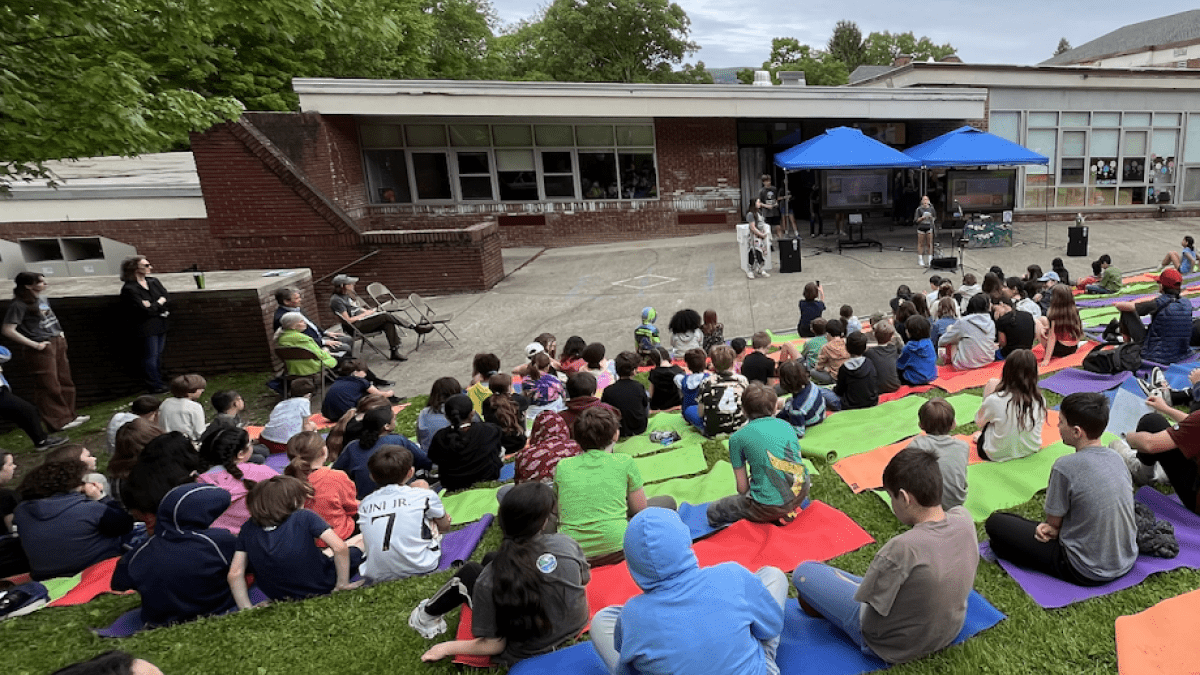
PK–12 students and teachers from 12 surrounding school districts gather to watch the 5th–8th grade student Keynote Speech. Photo courtesy of Garrison Union Free School District
My position shouldn't be unique—it should be the norm. I hope it’s the first of many public school positions whose mission is to integrate environmental literacy into standards-based curricula. The success of the Summit, the student-led initiatives, and our recent Green Ribbon Schools designation is a testament to the transformative power of environmental education. The Summit proved that students can graduate not just environmentally literate, but as environmental action heroes. Imagine a world where every school district has a program like ours; a world where students across the country tackle real-world problems with the same passion and expertise I witnessed at the Summit. That's the future I'm fighting for.
Image
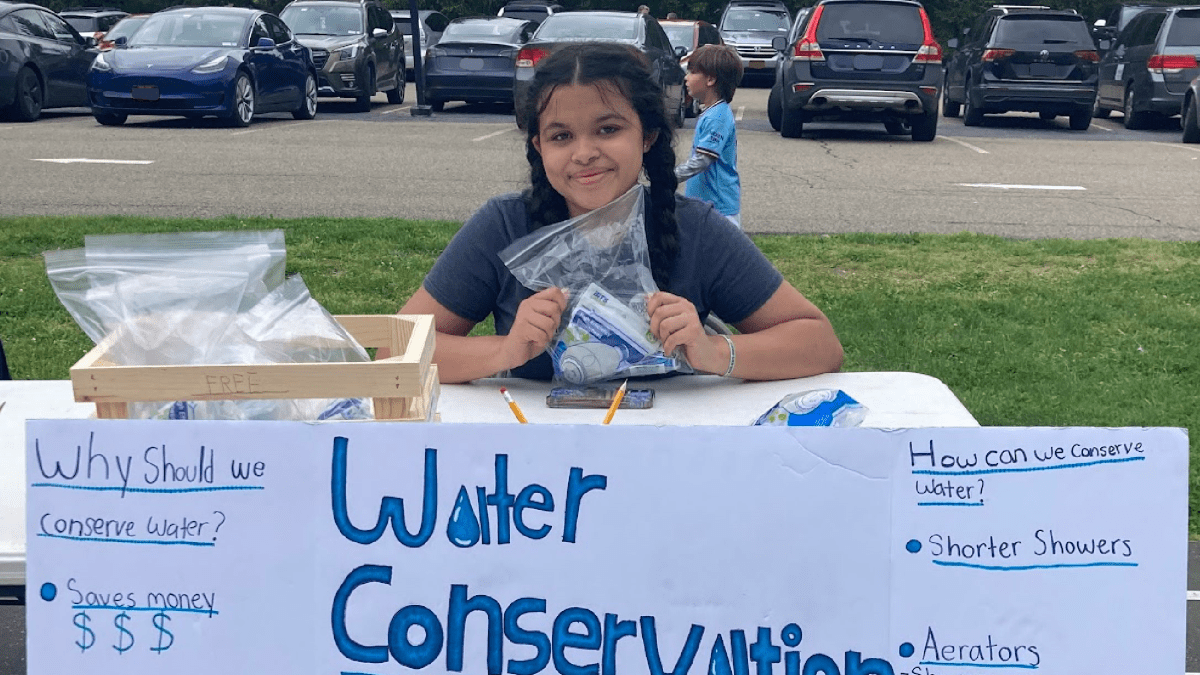
Check out the PK-12 Youth Climate Summit's website!
About the Writer
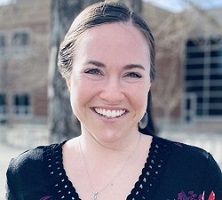 Rachel Arbor is the CEO of Gaia Scholastic, the NY State Lead for SubjectToClimate, and the PK–8 Director of Environmental Education for the Garrison School District. For all of these roles, her mission is to cultivate a generation of environmentally-literate global citizens by integrating nature and environmental concepts into the learning experiences of students of all ages and abilities. She builds interdisciplinary content in a way that challenges students to make connections—with themselves, with each other, and with nature, across content areas. A former outdoor educator, She trains teachers across the country on how to re-shape their curriculum through an environmental lens. Her educational and professional pursuits focus on bridging the gap between Mainstream and Environmental Education. Contact her through Gaia Scholastic's website to bring interdisciplinary Environmental Education to your organization.
Rachel Arbor is the CEO of Gaia Scholastic, the NY State Lead for SubjectToClimate, and the PK–8 Director of Environmental Education for the Garrison School District. For all of these roles, her mission is to cultivate a generation of environmentally-literate global citizens by integrating nature and environmental concepts into the learning experiences of students of all ages and abilities. She builds interdisciplinary content in a way that challenges students to make connections—with themselves, with each other, and with nature, across content areas. A former outdoor educator, She trains teachers across the country on how to re-shape their curriculum through an environmental lens. Her educational and professional pursuits focus on bridging the gap between Mainstream and Environmental Education. Contact her through Gaia Scholastic's website to bring interdisciplinary Environmental Education to your organization.





